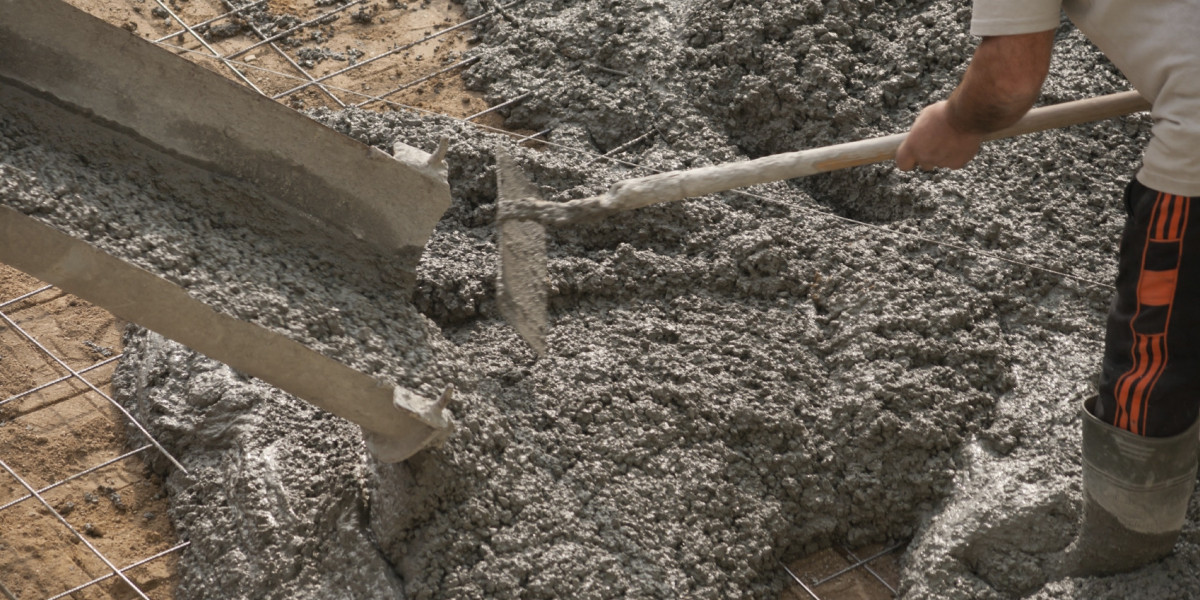Introduction:
In the realm of commercial construction, the choice of building materials plays a pivotal role in determining the success, longevity, and functionality of structures. commercial concrete , with its unparalleled strength, durability, and versatility, has emerged as a cornerstone in the commercial construction industry. In this article, we explore the myriad ways in which commercial projects benefit from the use of concrete, from foundational elements to the creation of modern, sustainable, and aesthetically pleasing spaces.
Structural Integrity: Concrete's reputation as a sturdy and reliable building material makes it an obvious choice for constructing the foundations and structural components of commercial buildings. From high-rises to industrial complexes, concrete ensures the stability and safety of these structures.
Durability in High-Traffic Areas: Commercial spaces, whether retail centers, offices, or public facilities, often experience high levels of foot traffic. Concrete floors provide the durability needed to withstand the wear and tear associated with frequent use, making them an ideal choice for areas requiring longevity and low maintenance.
Modern Aesthetics with Exposed Concrete: The trend of exposed concrete in commercial design has gained momentum. Interior spaces with exposed concrete walls and ceilings not only provide a modern and industrial aesthetic but also offer a sense of openness and flexibility in design.
Versatility in Design: Concrete's versatility allows architects and designers to explore various design possibilities. Decorative concrete finishes, polished surfaces, and architectural elements like columns and beams offer flexibility in achieving a wide range of design aesthetics to suit the specific needs of commercial spaces.
Sustainability and Green Building Practices: The commercial sector is increasingly prioritizing sustainability, and concrete aligns with green building practices. The longevity of concrete structures reduces the need for frequent replacements, and the material itself is recyclable. Additionally, innovations like self-healing concrete contribute to sustainable construction practices.
Energy Efficiency with Thermal Mass: The thermal mass properties of concrete contribute to energy efficiency in commercial buildings. Concrete's ability to absorb, store, and release heat helps regulate indoor temperatures, reducing the need for excessive heating or cooling.
Speedy Construction with Precast Concrete: Commercial projects often operate on tight schedules. Precast concrete elements, manufactured off-site and transported to the construction site, offer a faster construction process. This method enhances efficiency and minimizes construction delays.
Fire Resistance: Fire safety is a critical consideration in commercial construction. Concrete's inherent fire resistance provides an added layer of protection, making it a preferred material for structures where fire safety is paramount.
Low Maintenance Requirements: Commercial spaces demand materials that require minimal maintenance to ensure smooth operations. Concrete, with its resistance to stains, wear, and weathering, fulfills this requirement, reducing the need for costly and disruptive repairs.
Adaptability to Technological Advancements: Concrete is adaptable to incorporating modern technologies, such as embedded sensors for monitoring structural health, smart building systems, and energy-efficient solutions. This adaptability positions concrete as a material that aligns with the evolving needs of the commercial construction sector.
Conclusion:
Concrete stands as a cornerstone in the commercial construction landscape, providing a robust foundation for success in various projects. From towering skyscrapers to sleek office spaces, the durability, adaptability, and sustainability of concrete contribute to the creation of functional, efficient, and aesthetically pleasing commercial structures. As the demands of the commercial sector continue to evolve, concrete remains at the forefront, solidifying its position as an indispensable material in the pursuit of constructing resilient, modern, and sustainable commercial spaces.







